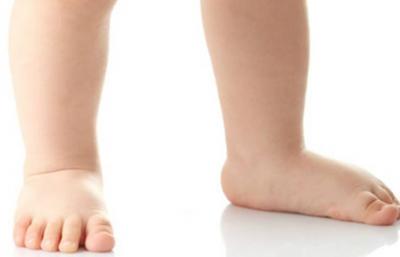Flat feet are a common condition that alters the shape of the foot, but their issues do not only lie in the feet; they can extend and cause other health disorders. According to Dr. Alexander Kondrative, flat feet can lead to various problems and disorders in the musculoskeletal system, as reported by Russian media.
According to the Russian doctor, the longitudinal and transverse arches of the foot develop during childhood, but in individuals with flat feet, these arches collapse. He states: "Flat feet are often a congenital deformity and weakness in the ligamentous system. In adulthood, the cause can be excessive loads and a sedentary lifestyle. Overweight and inactive individuals are at greater risk."
Moreover, according to him, shoes also affect the shape of the feet. He explains: "For small children, soft shoes are very appropriate when paired with socks. Footwear also impacts adults; for instance, when women wear high heels, the load is not distributed properly, leading to the development of transverse flat feet. Of course, high heels can be worn, but only for very short periods."
The doctor can determine if a person has flat feet by performing an X-ray of their feet under load. Sometimes indirect signs may appear on shoes—such as deformities in the shoe heel. Other indicators may include changes in the shape of the big toe, the formation and appearance of corns, and pain during physical activities.
He adds: "The load may not be distributed correctly from the feet to other joints. Individuals might feel pain in the foot area or above it. There is an opinion that the muscles do not function properly in cases of flat feet, which creates conditions for varicose veins and thrombophlebitis; however, scientists have not found a direct link between them."
There is no cure for flat feet; this deformity is permanent, but surgery can be performed, after which the person requires a long rehabilitation period. Its effects can be alleviated through specific exercises and light loads to strengthen muscles and prevent further development. He advises, "Walking barefoot on an uneven surface or on an orthopedic mat is beneficial. Of course, it is essential to wear suitable and comfortable shoes that do not pressure the feet."




